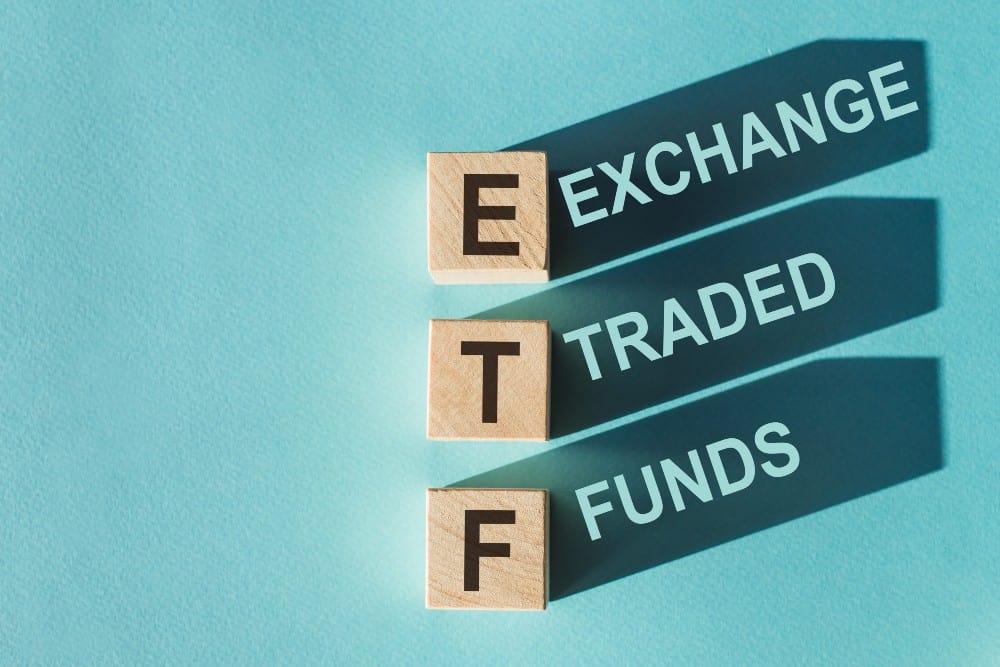In my opinion, to confidently buy and hold single stocks, you need a solid grasp of three critical aspects: the ability to interpret a balance sheet, the dedication to stay informed with quarterly earnings reports, and the conviction to either hold steadfast through market volatility or make the tough decision to cut losses when a company’s fundamentals start to weaken.
If this sounds daunting, you’re not alone. Many investors, myself included, find these requirements challenging, especially when juggling them alongside everyday responsibilities. This is why I lean towards exchange-traded funds (ETFs) over individual stock picking, particularly for those just starting out in the investing world.
ETFs offer a simpler, more accessible, and diversified approach to building a portfolio. They allow you to invest in a broad array of stocks or bonds through a single transaction, making them an ideal starting point for beginners. Here’s why ETFs can be a valuable tool for those looking to enter the stock market without prior experience.
They’re easy to buy
Many people assume that investing in ETFs is complicated, but in reality, it’s quite straightforward. ETFs trade on stock exchanges, just like individual stocks, making them accessible to anyone with a brokerage account. The process is as simple as buying shares of any company.
For instance, if you decide you want to buy 10 shares of a particular ETF, say “XYZ ETF,” all you need to do is log into your brokerage account, search for the ETF using its ticker symbol, and place an order for the number of shares you want. Just like that, you’re done.
They’re highly diversified
ETFs stand out for their high level of diversification. Some ETFs offer a comprehensive portfolio encompassing thousands of stocks and bonds from various countries, including the U.S., Canada, and other international markets.
This broad coverage extends across all sectors and market capitalizations, from large-cap to small-cap companies. This diversification is a significant advantage, especially for those new to investing.
By holding a single ETF, you can gain exposure to a wide array of industries and geographical regions, spreading your risk across different assets. This means that if one sector or market underperforms, the impact on your overall portfolio can be mitigated by the stronger performance of others.
This level of diversification, which would be challenging and time-consuming to achieve through individual stock purchases, is easily accessible through ETFs
They’re cheap
ETFs are not only accessible and diversified but also remarkably affordable, particularly those that track an index. In Canada, the management expense ratio (MER) of such ETFs can be as low as 0.05%. This means for a $10,000 investment in an ETF, you would only pay around $5 in annual fees.
This low cost is a significant advantage over actively managed funds, where fees can be much higher, eating into your potential returns over time.
My ETF of choice
An ETF I like which embodies all three of these traits is BMO Growth ETF (TSX:ZGRO). It basically provides you with an all-in-one complete investment portfolio in a single ticker.
Currently, ZGRO’s portfolio consists of thousands of global stocks and bonds via underlying ETFs, managed by its fund manager. All this comes at a very reasonable 0.2% expense ratio.








